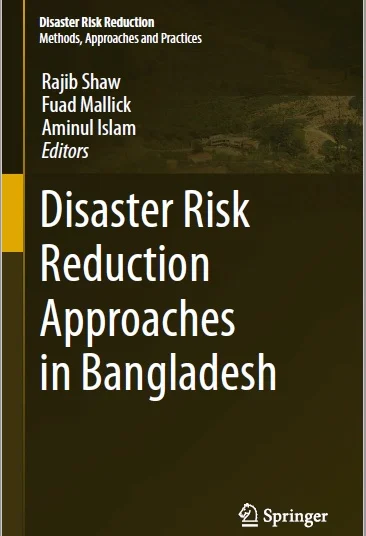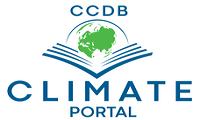Disaster Risk Reduction Approaches in Bangladesh

Disaster risk reduction is a process, which leads to the safety of community and nations. After the 2005 World Conference on Disaster Reduction, held in Kobe, Japan, the Hyogo Framework for Action (HFA) was adopted as a framework of risk reduction. The academic research and higher education in disaster risk reduction has made/is making gradual shift from pure basic research to applied, implementation oriented research. More emphasis is given on the multi-stakeholder collaboration and multi-disciplinary research. Emerging university networks in Asia, Europe, Africa and Americas have urged for the process-oriented research in disaster risk reduction field. Keeping this in mind, this new series will promote the outputs of action research on disaster risk reduction, which will be useful for a wider range of stakeholders including academicians, professionals, practitioners, and students and researchers in the related field. The series will focus on some of emerging needs in the risk reduction field, starting from climate change adaptation, urban ecosystem, coastal risk reduction, education for sustainable development, community based practices, risk communication, human security etc. Through academic review, this series will encourage young researchers and practitioners to analyze field practices, and link it to theory and policies with logic, data and evidences. Thus, the series emphasizes evidence based risk reduction methods, approaches and practices.
- Published by: Springer publication
- Source website: https://link.springer.com/book/10.1007/978-4-431-54252-0
- Author(s): Rajib Shaw, Kyoto University, Kyoto , Japan; Aminul Islam, Sustainable Development United Nations Development Programme [UNDP] Dhaka , Bangladesh; Fuad Mallick, Department of Architecture BRAC University Dhaka , Bangladesh Download option
- Keywords: Disaster Risk, Disaster Risk Reduction Approaches

